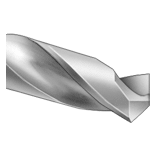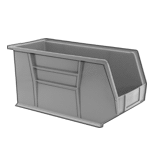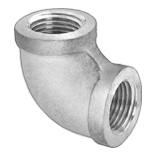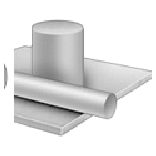Filter by
Container Type
For Use On
Color
Container Size
Reaches Full Strength
Consistency
For Joining
Begins to Harden
Minimum Application Temperature
Approximate Coverage @ Thickness
Clarity
Container Net Weight
Maximum Temperature
DFARS Specialty Metals
Export Control Classification Number (ECCN)
















































